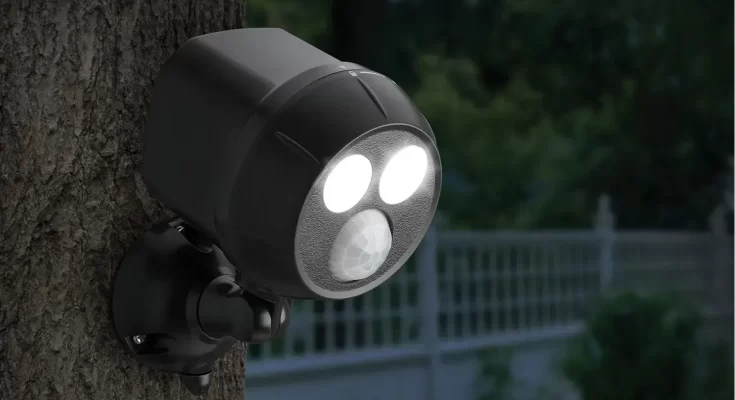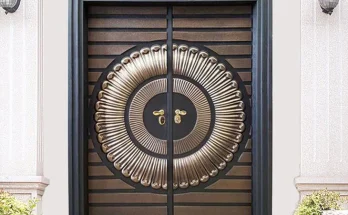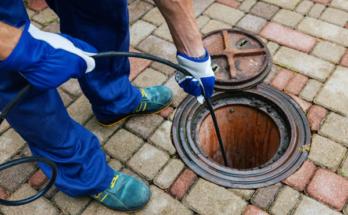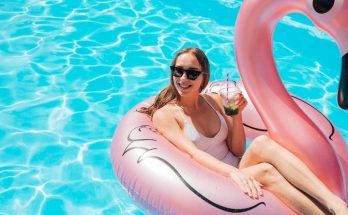Outdoor light bulbs are specifically designed with a higher resistance to handle weather conditions such as rain, heat, and cold. The higher resistance is important in outdoor light bulbs to cope with harsh conditions and withstand for a longer time. As a result, indoor light bulbs should not be used outdoors unless they’re explicitly designed to withstand these elements. It will be safer to have these porches and security lights that can also add colour to your holiday decorations like Halloween or Christmas. They are essential to keep our house, family and surroundings safe.
The benefit of using flood lights
The improving technology has allowed us to use the technology for safety and help us to emit minimal waste and toxins into the environment.
Best for the security feature
As we discussed earlier, the visibility with flood lights increases it will enhance our security by identifying them closely through the security camera. Bright light will detect criminals and burglars and detect the dark intention, especially at the entrance or exit of the building. When we add these flood lights with a security camera it will make your security tight as it will detect the motion and waste minimal energy.
Provide high visibility
Proper lighting in your surrounding makes it bright and illuminated. Instead of conventional sodium lamps, better lighting will provide proper visibility and keep you aware of your surroundings while walking down the lane. The floodlights are popular because of their high-intensity light and modern solution for power. The warm to cool colour light will provide a broad spectrum to the sunlight. LED floodlights will provide better visibility in long ranges. They can even prove better for the security camera by providing a greater visibility range.
Energy efficient and environmentally friendly
In the time of energy crisis, we need a source that is cost-efficient and environmentally friendly. These LED security lights are as effective in producing less toxin as the sodium lamp. They make the workforce toxin free and in a safe environment. Because of their high-tech advancement, it produces more energy in less time and money.
Below are some guidelines for different types of light bulbs:
Incandescent Bulbs: These can be used both indoors and outdoors, provided they do not come into direct contact with water. Only incandescent bulbs specifically designed to handle direct exposure to rain or snow should be used outdoors.
Halogen Floodlights and Spotlights: These bulbs are versatile and can be used both indoors and outdoors.
Light Emitting Diode (LED) Bulbs: LED bulbs are suitable for both indoor and outdoor use.
Compact Fluorescent Light (CFL) Bulbs: Some CFLs can be used outdoors, but it’s crucial to check the bulb’s maximum temperature tolerance. This information can usually be found on the packaging.
Remember, unless specified on the packaging, light bulbs should be used in their intended environment – indoor bulbs for indoors, outdoor bulbs for outdoors. Always check the manufacturer’s specifications to ensure safe and efficient use.
This article was written by a lighting specialist at LD Lighting. LD Lighting was Established in 2017 and is located in Central Florida, LD Lighting offers services in screen enclosure lighting, pool lighting, outdoor entertainment, and landscape lighting systems. We promise to give you the best quality of work and bring your ideas to life.




